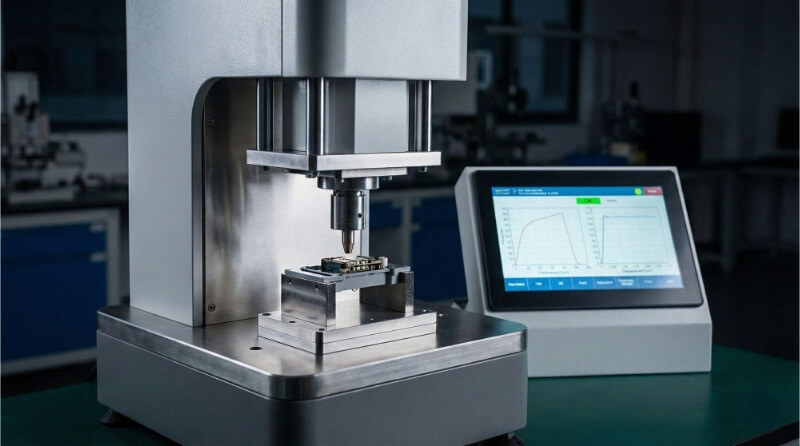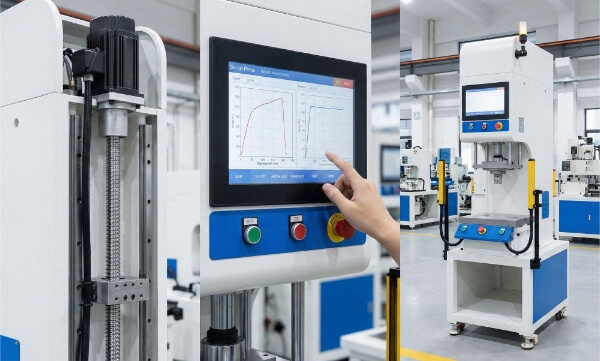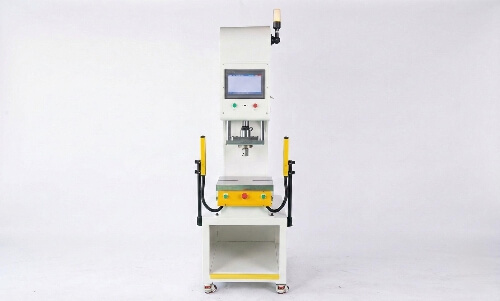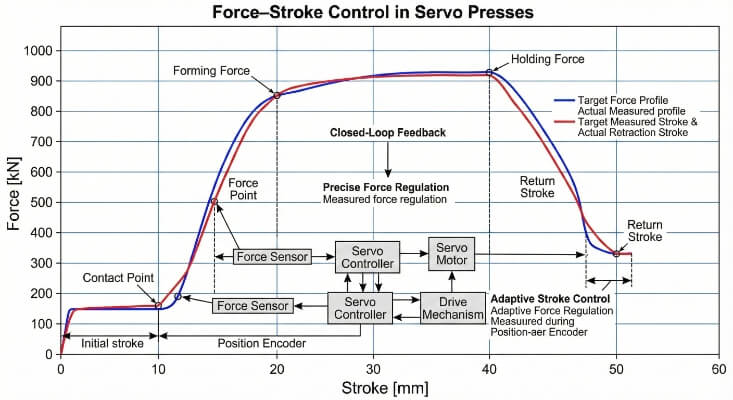Steel is strong, but corrosion and wear can compromise its integrity. You need a finish that protects and lasts. Powder coating offers a tough, attractive solution. But how does it work, and is it right for your project?
Powder coating isn’t just good-looking. It’s durable, efficient, and works in many applications. Let’s take a closer look at how it works and what benefits it brings.
What Is Powder Coating Steel?
Powder coating is a dry finishing process. It involves applying a fine powder made of resin and pigment to the surface of steel. The powder sticks to the part using an electrostatic charge. Then, the coated part is placed in an oven, where the powder melts and cures into a solid layer.
This layer forms a protective skin. It’s thick, smooth, and doesn’t doesn’t drip like wet paint. Once cured, it bonds tightly to the steel. It resists chips, scratches, chemicals, and UV light. It also stays bright and clean longer than traditional coatings.
How Does Powder Coating Work?
Powder coating turns dry powder into a tough, smooth finish. The process has three key steps: cleaning, applying the powder, and baking it solid.
Surface Preparation: Cleaning and Pre-Treatment
Before coating starts, the steel surface must be clean. Dirt, oil, and rust can prevent the powder from sticking. The part then undergoes a cleaning step, which can include degreasing, rinsing, and occasionally sandblasting.
After cleaning, a chemical pre-treatment is added. This forms a thin layer that enhances the powder’s grip and improves its corrosion resistance. Skipping this step often leads to coating failure.
Powder Application Methods
Powder coating can be applied in two main ways, depending on the part’s shape and coating needs.
Electrostatic Spraying
This is the most common method. A spray gun charges the powder particles with electricity. When sprayed, the charged powder sticks to the grounded steel part. It covers corners, curves, and flat surfaces evenly. This method works well for both large and small parts.
Fluidized Bed Coating
This method is used for thicker coatings or complex shapes. The part is heated first, then dipped into a tank of powder. The powder melts and clings to the hot surface. It’s often used for wire racks, fencing, or heavy-duty parts.
Curing Process: Oven Baking and Temperature Control
After the powder is applied, the part is placed in an oven. The heat causes the powder to melt, flow, and bond with the surface. The temperature usually ranges from 350°F to 400°F.
The baking time in the oven depends on the part size and type of powder. If curing is too short or too cool, the coating won’t hold up. If overheated, the finish may discolor or bubble.
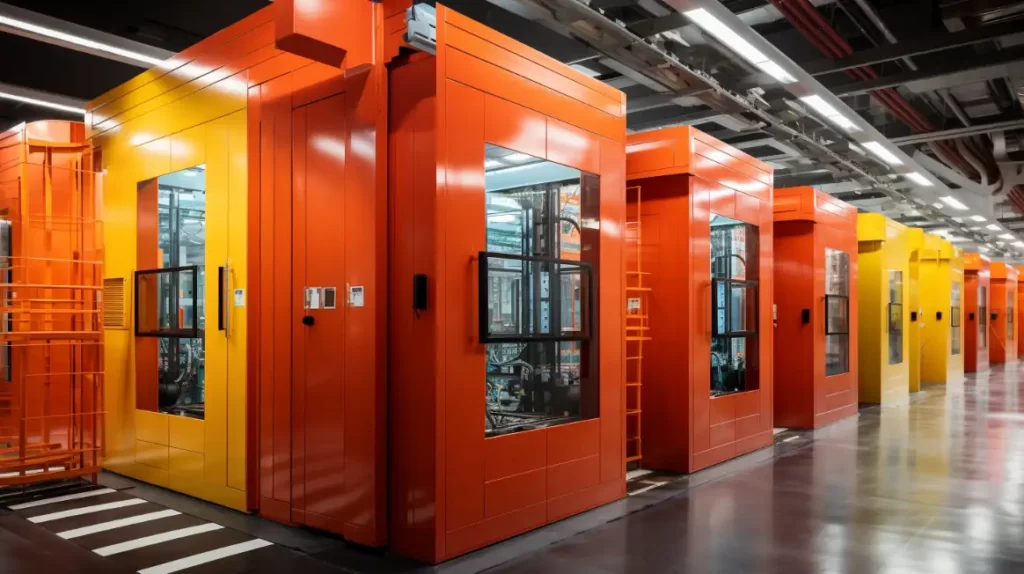
Types of Powders Used for Coating
Different powders give different results. The choice depends on how the part will be used, what it needs to resist, and its intended appearance.
Thermoset vs. Thermoplastic Powders
Powder coatings fall into two main types: thermoset and thermoplastic.
Thermoset powders react when heated. They form strong chemical bonds that stay stable, even under heat. Once cured, they don’t soften again. This makes them ideal for parts that face high temperatures or need strong resistance.
Thermoplastic powders melt when heated and harden when cooled. They don’t form permanent bonds so that they can soften again under heat. These coatings are usually thicker and more flexible. They’re used when impact resistance and durability are key.
Common Powder Materials for Steel
Different powders bring different strengths. Here are the most common types used on steel:
Epoxy
Epoxy powders stick very well to metal. They offer excellent corrosion resistance and a smooth finish. But they don’t hold up well to sunlight. They are best used for indoor parts or under-the-hood components.
Polyester
Polyester powders are widely used for outdoor parts. They resist UV rays and weather well. They’re also tough enough to handle impacts and scratches. This makes them a suitable choice for a wide range of general steel applications.
Polyurethane
Polyurethane powders give a smooth and sleek finish. They resist chemicals and weather, just like polyester, but with better flexibility. They are often used for parts that need both durability and a refined look.
Hybrid Powders
Hybrids are mixes of epoxy and polyester. They strike a balance between indoor corrosion protection, good appearance, and cost. These are often used for indoor furniture, enclosures, and light equipment.
Benefits of Powder Coating Steel
Powder coating offers more than just a clean look. It adds real performance and value to steel parts.
Durability
Powder coating creates a formidable barrier that resists wear and tear. It protects against scratches, dents, and corrosion. The finish sticks well and doesn’t peel or chip easily. Even in outdoor or industrial environments, it holds up longer than traditional paint.
Eco-Friendly
This process produces little to no hazardous waste. Unlike liquid coatings, it doesn’t need solvents. There are no VOCs (volatile organic compounds) released into the air. Overspray can often be collected and reused, which reduces waste.
Aesthetic Flexibility
Powder coating allows for a wide range of finishes. You can choose from glossy, matte, textured, or metallic looks. It also offers a broad color range. This flexibility allows for easier matching of brand colors or creating a specific appearance.
Cost-Effectiveness
Powder coating lowers long-term costs. It reduces material waste and rework. Since the coating lasts longer, there’s less need for touch-ups or replacements. It also reduces labor time, especially for high-volume jobs.
Limitations and Challenges
Powder coating offers many advantages, but it is not perfect for every project. Here are some of the main drawbacks to consider.
Not Ideal for Thin or Heat-Sensitive Substrates
The curing process requires high temperatures. This can warp thin steel or damage heat-sensitive parts. Some assemblies or mixed-material components may not handle the heat well. For those, a different coating method may be safer.
Difficulty in Touch-Up and Recoating
Once the powder is cured, it forms a complex, shell-like structure. That makes it challenging to repair minor defects. Touch-ups don’t blend easily. If a part needs recoating, it typically must be stripped and redone from scratch.
Equipment Investment for Small-Scale Users
Powder coating requires specific tools, including spray guns, curing ovens, and adequate ventilation. That setup can be costly, especially for small workshops or low-volume operations. The learning curve is also steeper compared to traditional painting.
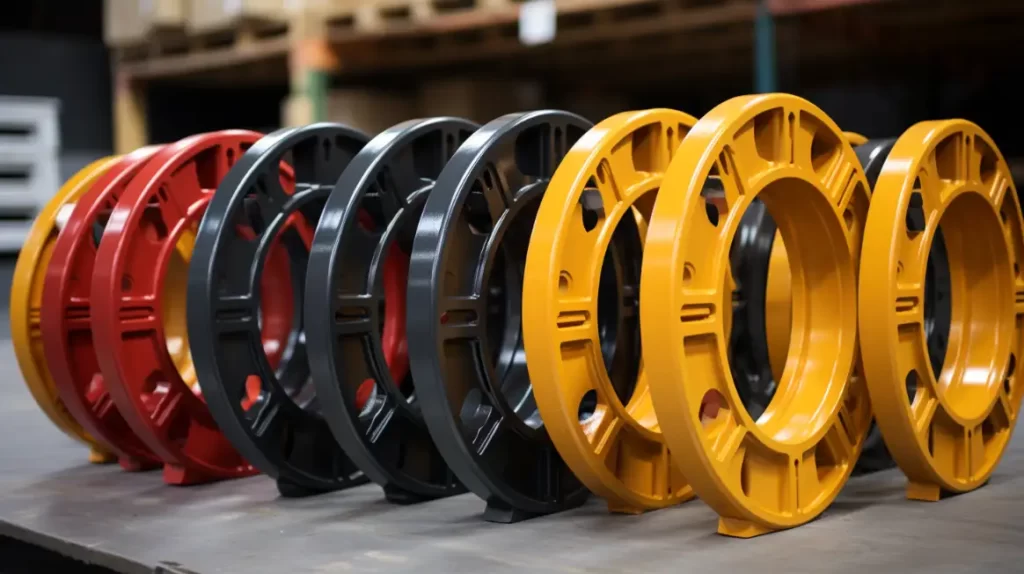
Industry Applications of Powder Coated Steel
Powder coated steel is used in many industries where durability, appearance, and protection matter. Here are some of the most common applications.
Automotive Components
Powder coating is used for wheels, frames, brackets, and underbody parts. These components are exposed to heat, moisture, and road debris. The coating helps prevent rust and keeps parts looking new for an extended period.
Electrical Enclosures
Steel enclosures need protection from moisture, dust, and corrosion. Powder coating creates a sealed surface that withstands both indoor and outdoor use. It also enhances appearance and provides color coding for safety or branding purposes.
Outdoor Furniture
Benches, tables, and fencing often face exposure to sun, rain, and temperature fluctuations. Powder coating keeps them from rusting, fading, or peeling. It also allows for a wide range of colors and finishes that stay vibrant.
Industrial Equipment
Powder coating is used on machine frames, control boxes, racks, and housings. The rigid surface resists chemicals, impact, and wear. This helps extend the life of equipment and lowers maintenance needs.
Design Considerations for Powder Coated Steel Parts
Proper design is crucial for achieving the best results from powder coating. Here are the main points to think about before you begin.
Edge Coverage and Sharp Corners
Sharp edges and corners pose a challenge in powder coating. Powder tends to flow away from these points during curing. That can result in thin spots that corrode quickly. To avoid this, designers often round edges slightly or increase coating thickness at critical spots.
Masking Techniques for Critical Areas
Sometimes, you need areas free of coatings, such as threads, contact points, or precise fittings. Masking these spots is essential. Tapes, plugs, or special caps prevent powder buildup. Careful masking ensures parts fit correctly after coating and saves cleanup time later.
Thickness Control and Uniformity
Controlling coating thickness is essential. Too thin, and parts are vulnerable to rust or damage. Too thick, and they might not fit correctly. Using consistent spraying methods and regularly checking the thickness helps maintain uniform coverage. This consistency ensures reliable protection and proper performance of coated parts.
Conclusion
Powder coating is a reliable and cost-effective method for finishing steel parts. It creates a firm, durable surface that resists wear, corrosion, and fading. The process is clean, efficient, and suitable for a wide range of industries—from automotive and electrical to furniture and heavy equipment.
Looking for powder coated steel parts with fast lead times and consistent quality? Contact us today to get a free quote or expert advice for your next project.
Hey, I'm Kevin Lee

For the past 10 years, I’ve been immersed in various forms of sheet metal fabrication, sharing cool insights here from my experiences across diverse workshops.
Get in touch

Kevin Lee
I have over ten years of professional experience in sheet metal fabrication, specializing in laser cutting, bending, welding, and surface treatment techniques. As the Technical Director at Shengen, I am committed to solving complex manufacturing challenges and driving innovation and quality in each project.

